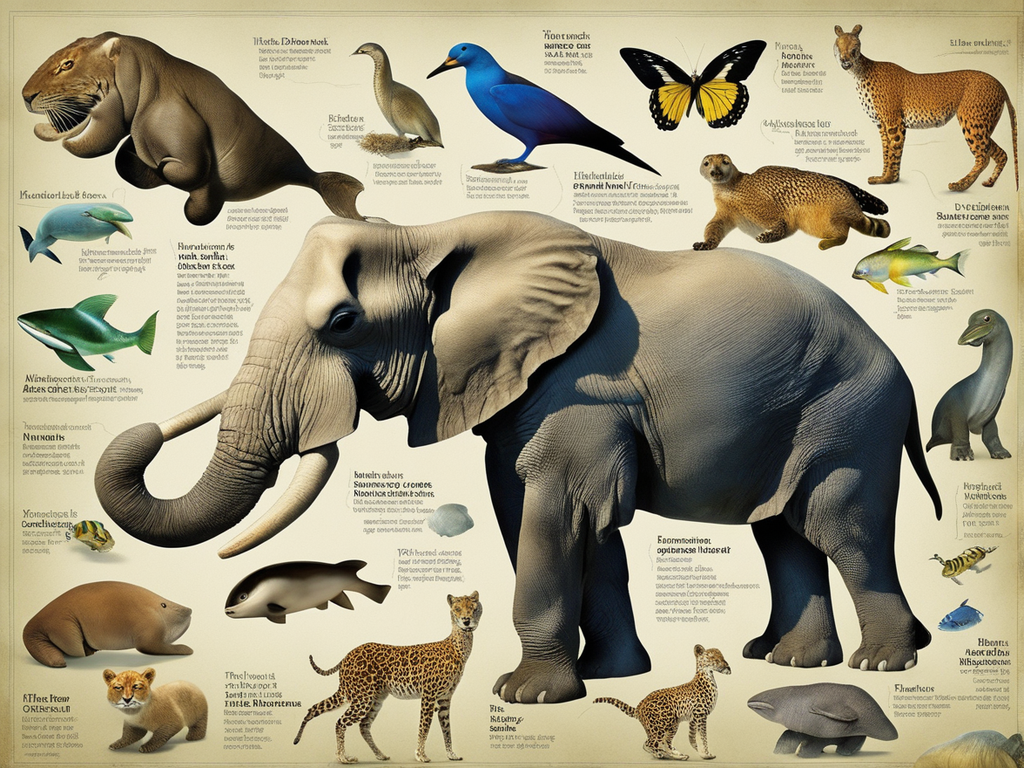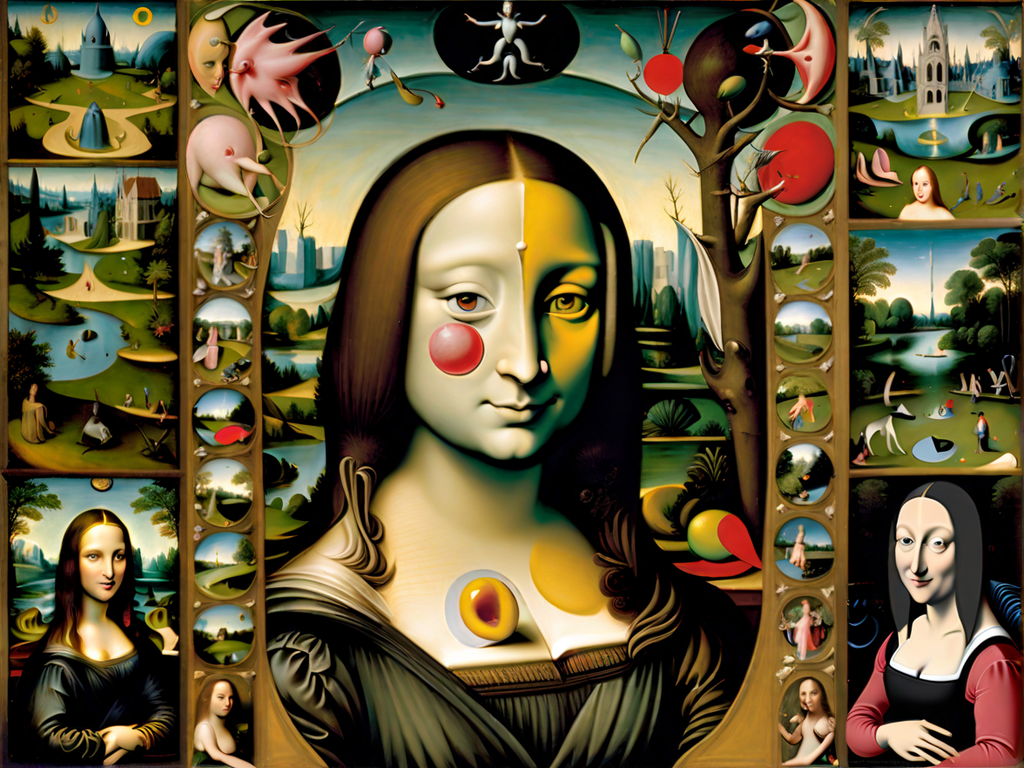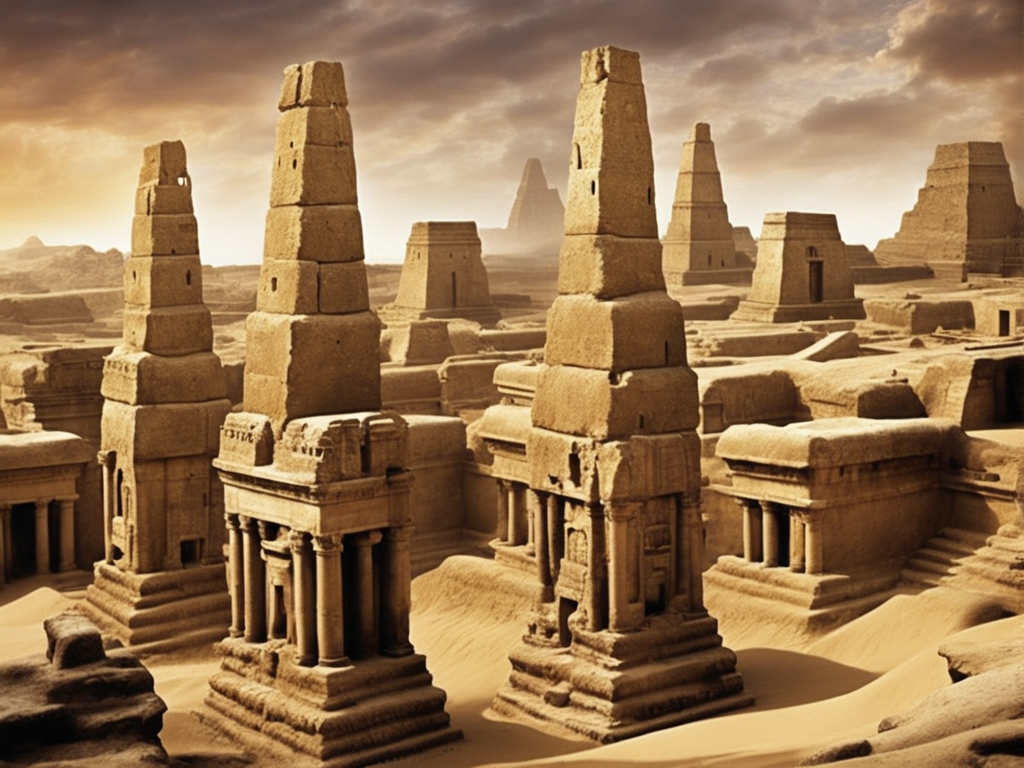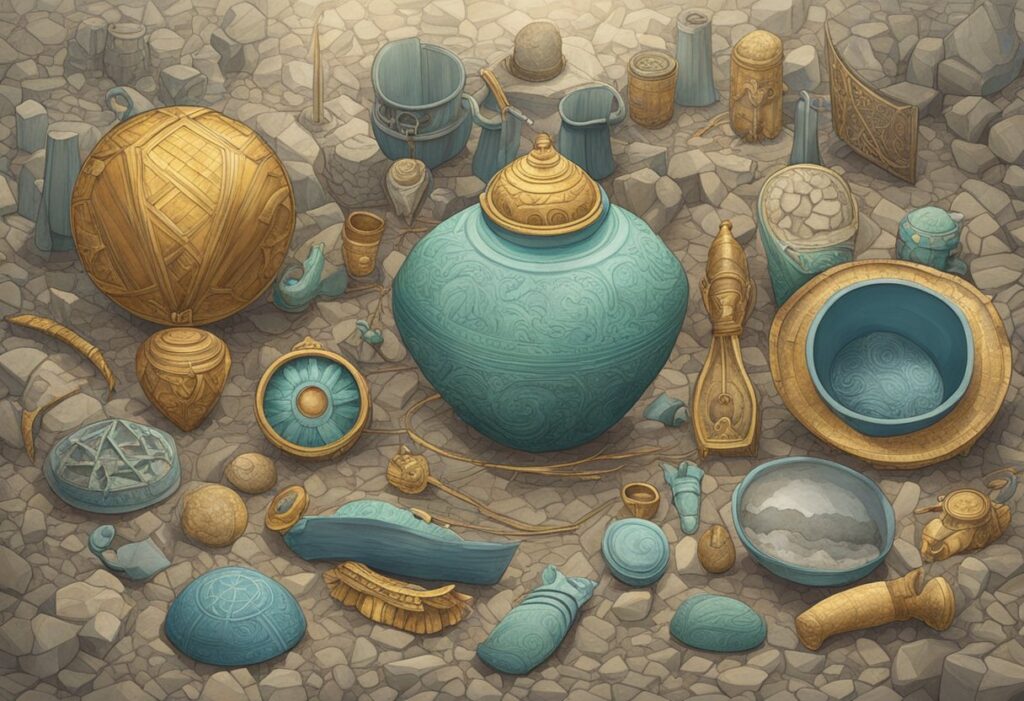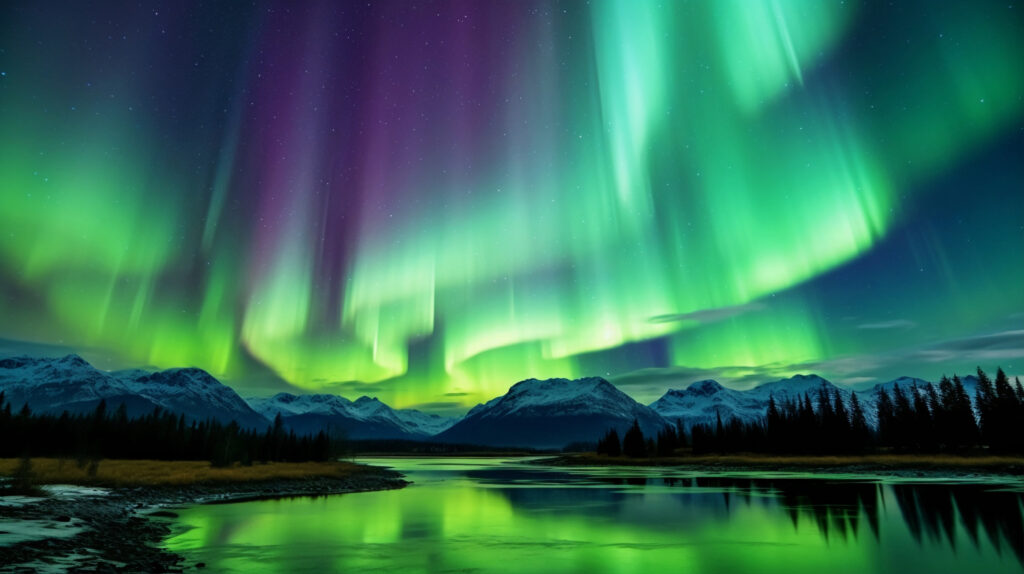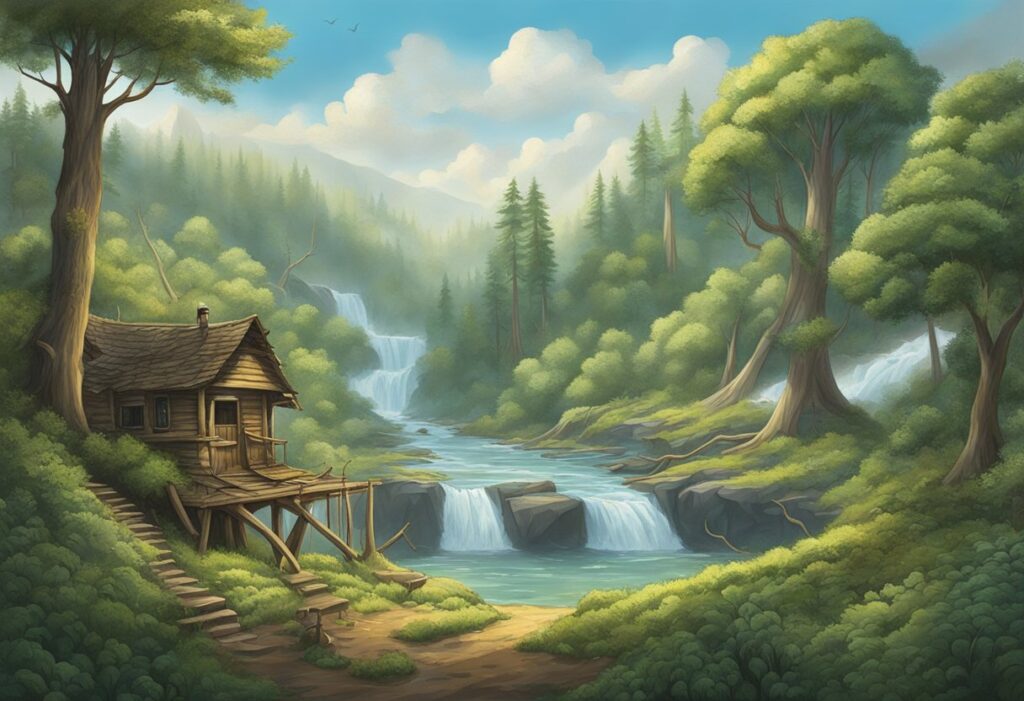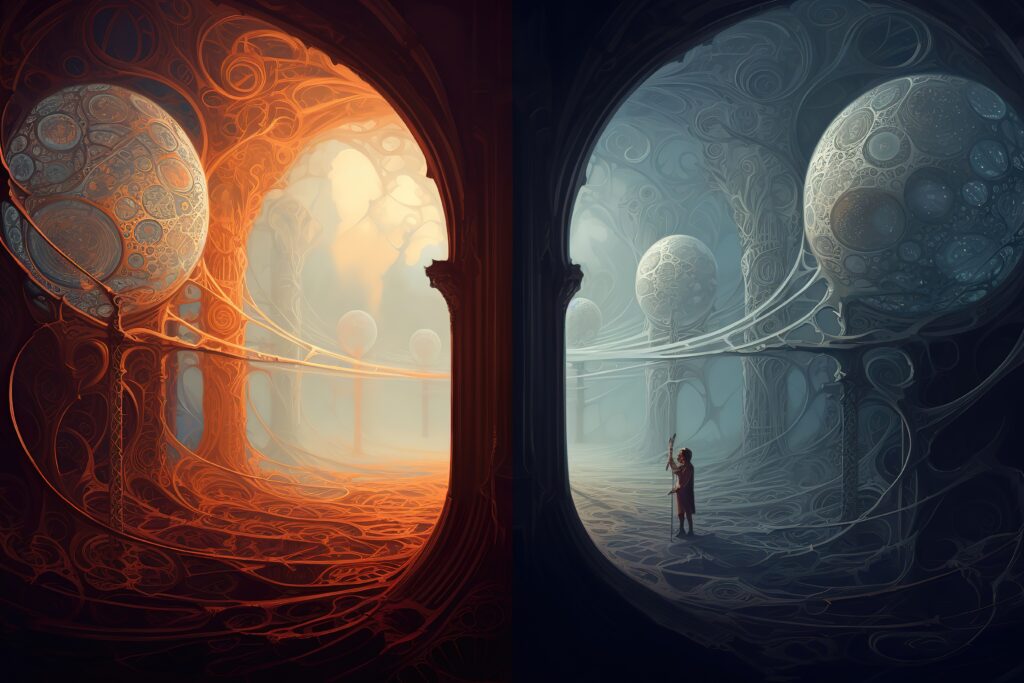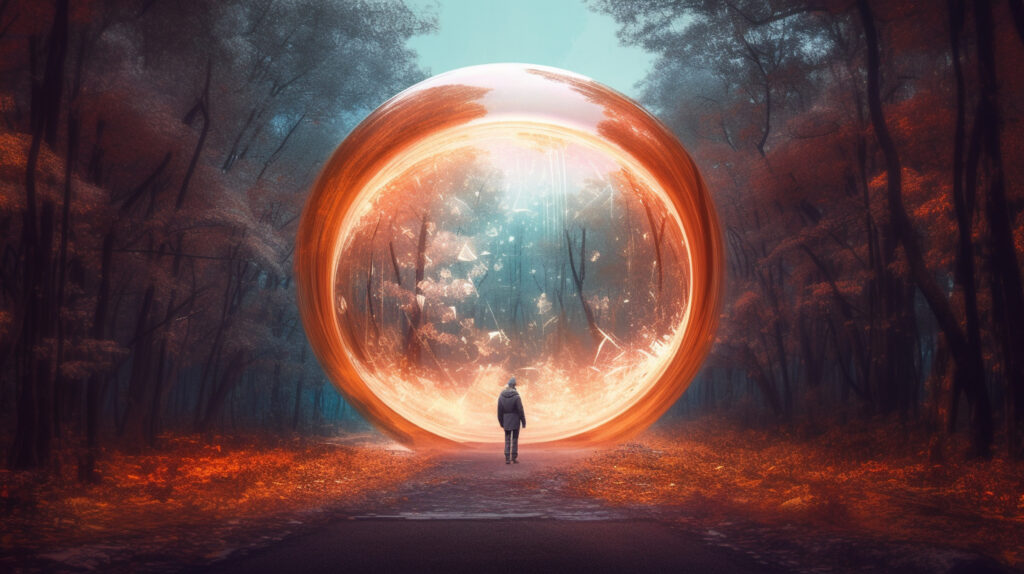In the intricate tapestry of nature, survival often depends on the ability to hide in plain sight. Enter the world of camouflage, where creatures from the tiniest insects to the largest predators have evolved remarkable strategies to blend seamlessly with their surroundings. In this article, we delve into the captivating world of nature’s masters of disguise, exploring the incredible adaptations that enable animals and plants to vanish from sight, creating an art form that has evolved over millions of years.
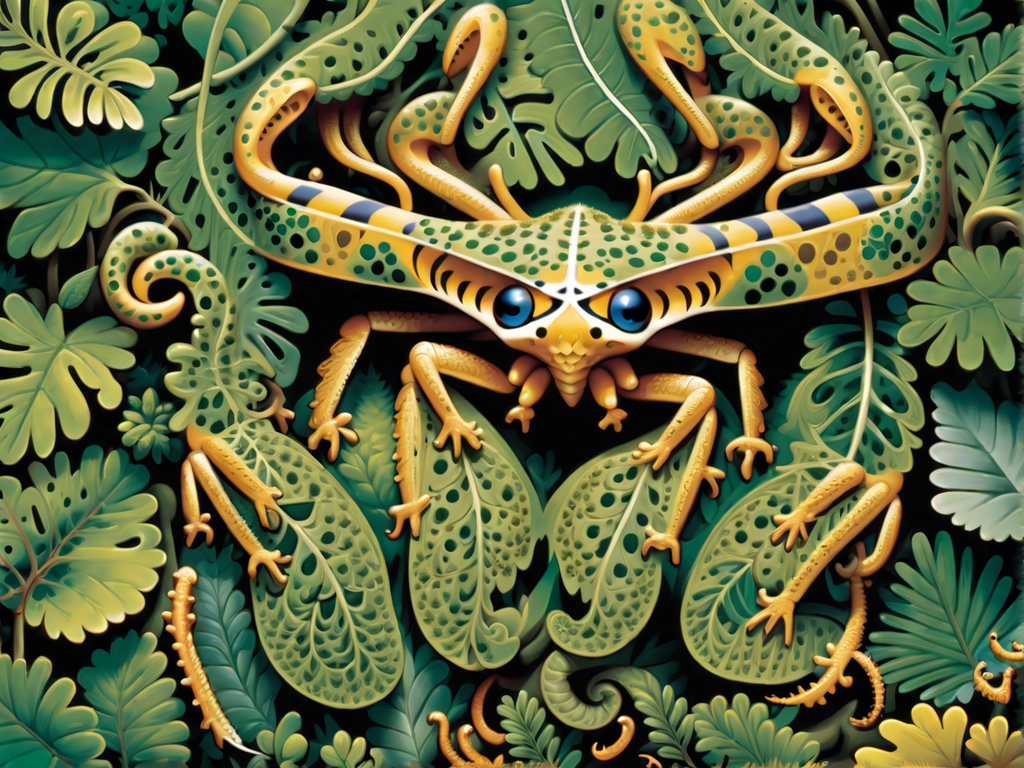
Chameleons are renowned for their remarkable camouflage abilities. Their skin, covered in specialized cells, can change color to match their surroundings or convey their mood. This extraordinary adaptation allows them to hunt for prey and evade predators, making them iconic masters of disguise in the animal kingdom.

Stick insects, or phasmids, have perfected the art of mimicking twigs or branches, rendering them almost invisible. Their slender bodies and slow, swaying movements mimic vegetation, making them nearly undetectable to potential threats.
Cuttlefish, close relatives of octopuses and squids, are unrivaled when it comes to underwater camouflage. Their skin contains pigmented cells that can rapidly change color and texture, allowing them to blend seamlessly into their marine environment. Cuttlefish use this skill to both hide from predators and ambush prey with startling efficiency.
Leaf-tailed geckos, found in Madagascar, are expertly adapted to imitate tree leaves. Their flattened bodies, fringed skin, and leaf-like tails create a stunning likeness to their arboreal habitat. This exceptional camouflage helps them avoid detection by both predators and prey.
Orchid mantises have evolved to mimic the appearance of flowers, effectively luring unsuspecting pollinators right into their grasp. Their coloration and shape make them appear like delicate orchids, allowing them to strike and capture their prey with remarkable precision.
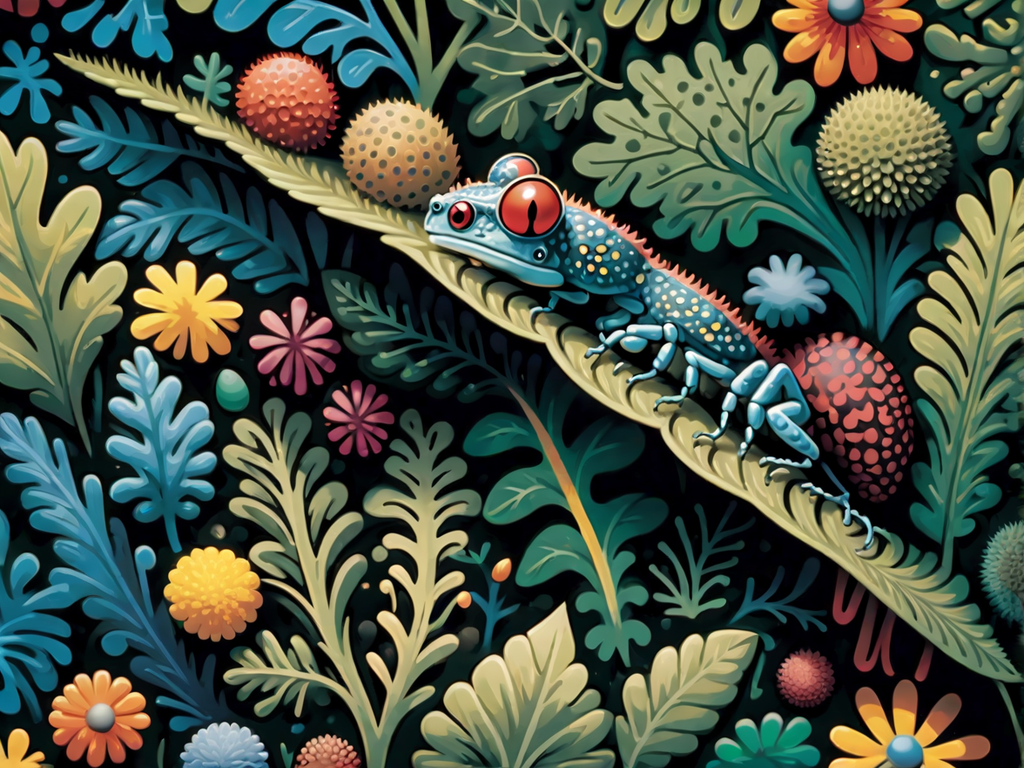
The elusive snow leopard is a master of camouflage in its high-altitude, rocky habitat. Its gray and white fur with dark spots offers superb concealment among the rugged terrain of the Himalayas. This big cat is a testament to how evolution has crafted a predator that can remain hidden from both prey and human observers.
In the world of insects, certain butterflies, like the stickleaf and dead leaf butterflies, have evolved wing patterns that imitate twigs and dried leaves. When resting, they fold their wings, revealing a remarkably accurate leaf-like appearance. This ingenious camouflage helps protect them from predators while at rest.
The art of camouflage in nature is a testament to the incredible adaptability and ingenuity of living organisms. Whether it’s to hunt, hide, or survive, these masters of disguise have developed astonishing strategies to blend into their environments seamlessly. As we explore the wonders of these remarkable creatures, we gain a deeper appreciation for the intricate, ever-evolving world of nature. Camouflage is not just a survival tactic; it’s a testament to the creativity and adaptability of life on Earth.






